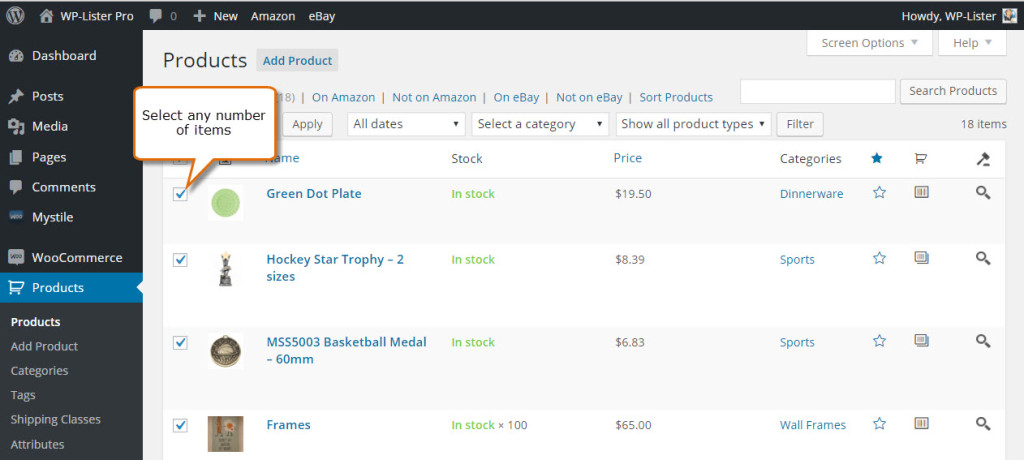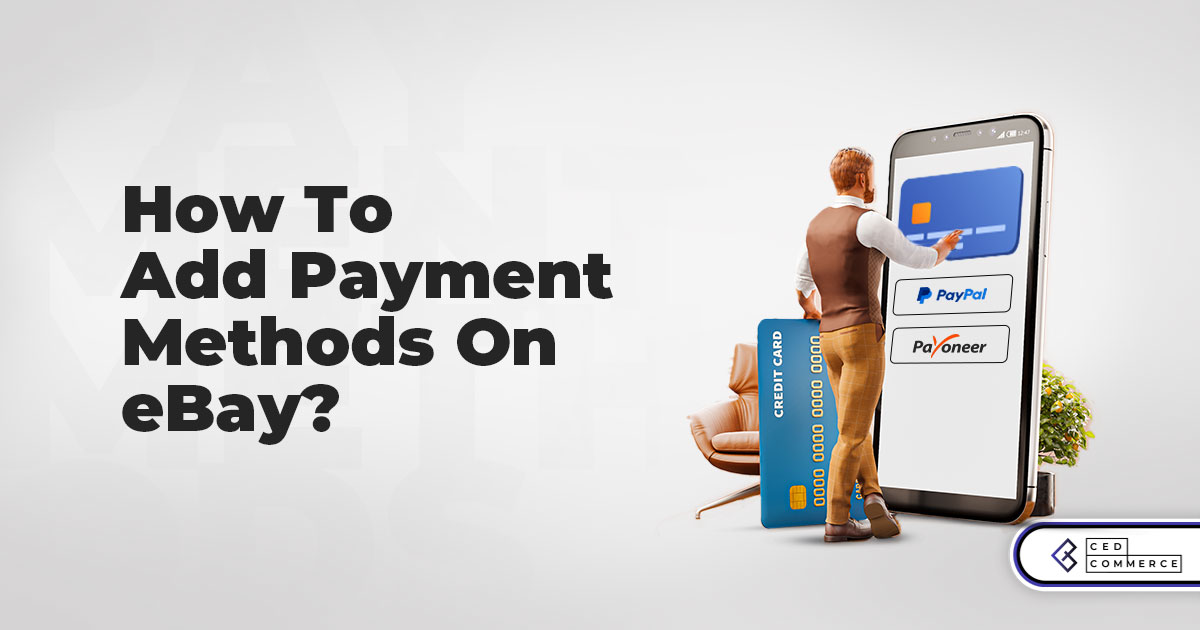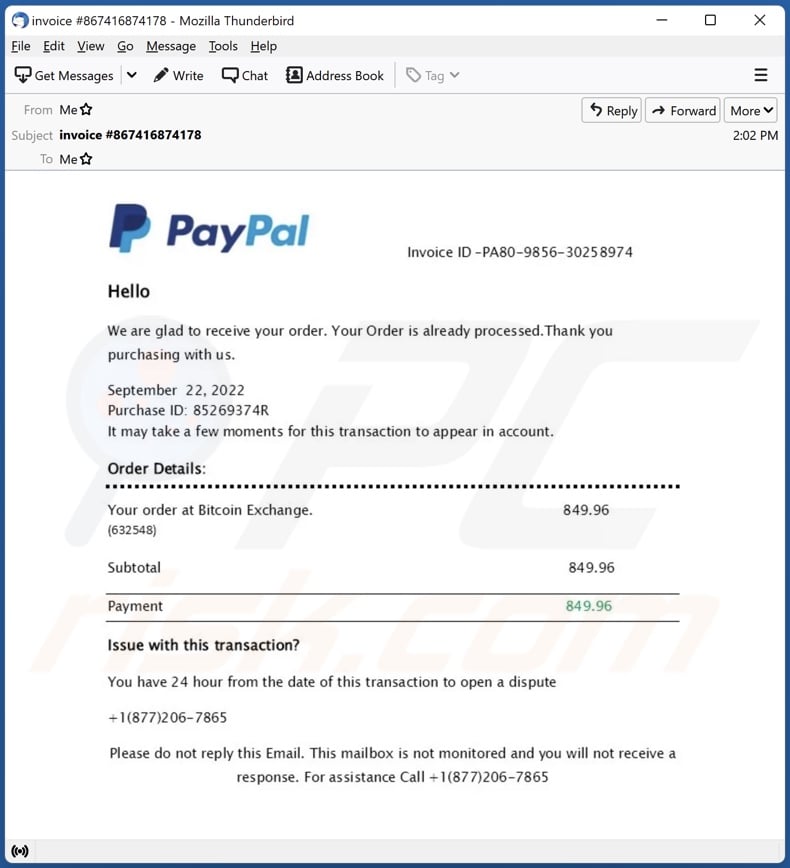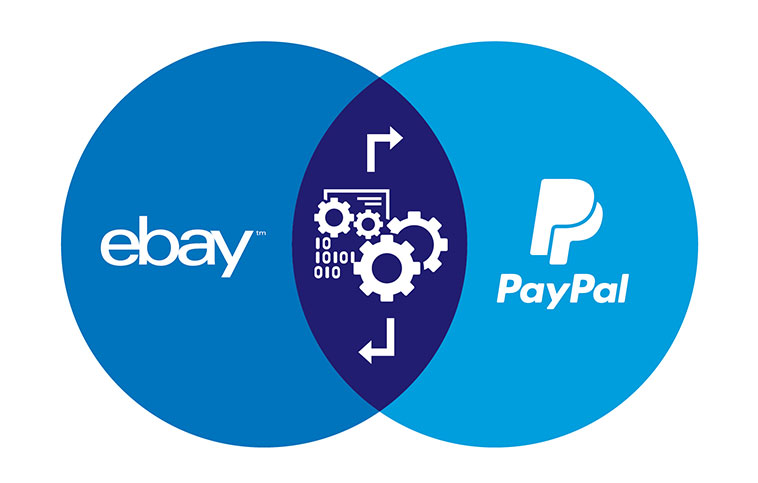Getting Started with eBay: Creating an Account and Setting Up Your Profile
Creating an eBay account is a straightforward process that can be completed in a few simple steps. To get started, navigate to the eBay website and click on the “Register” button in the top right corner of the page. You will be prompted to enter some basic information, including your name, email address, and password. It’s essential to choose a strong and unique password to ensure the security of your account.
Once you’ve entered your information, click on the “Create account” button to proceed. You will then be asked to verify your email address by clicking on a link sent to you by eBay. This step is crucial in ensuring that your account is secure and that you can recover your password if you forget it.
After verifying your email address, you will be taken to your eBay account dashboard. From here, you can start setting up your profile by adding a profile picture, cover photo, and bio. This information will be visible to other eBay users, so make sure to keep it professional and respectful.
In addition to setting up your profile, you will also need to add a payment method to your account. This can be done by clicking on the “Payment” tab in your account dashboard and following the prompts to add a credit card, PayPal account, or other payment method.
By following these steps, you can create a secure and professional eBay account that will allow you to buy and sell items with confidence. Remember to always keep your account information up to date and to use strong passwords to protect your account from unauthorized access.
Now that you have created your eBay account, you can start exploring the site and learning how to use eBay and PayPal to buy and sell items online. With these two powerful tools at your disposal, you can take your online marketplace experience to the next level and start achieving your goals.
Navigating eBay’s Interface: Finding and Listing Items with Ease
eBay’s interface is designed to be user-friendly and intuitive, making it easy to find and list items. The homepage features a search bar at the top, where you can enter keywords to find specific items. You can also browse through various categories, such as electronics, fashion, and home goods, to discover new items.
Once you’ve found an item you’re interested in, you can click on the listing to view more details. The listing page includes information such as the item’s description, price, and shipping details. You can also view the seller’s feedback and ratings to ensure you’re buying from a reputable source.
To list an item on eBay, click on the “Sell” button at the top of the page. You’ll be prompted to enter information about the item, including its title, description, and price. You can also add photos and set a duration for the listing. eBay’s listing process is designed to be straightforward, and the site provides guidance and tips to help you create an effective listing.
eBay also offers various features to help you manage your listings and sales. For example, you can use the “Seller Hub” to track your listings, respond to buyer inquiries, and manage your inventory. You can also use eBay’s shipping labels and packaging materials to streamline your shipping process.
When using eBay and PayPal together, you can take advantage of features such as PayPal’s “Payment Protection” and eBay’s “Money Back Guarantee.” These features provide an added layer of security and protection for both buyers and sellers, giving you peace of mind when conducting transactions online.
By understanding how to navigate eBay’s interface and use its various features, you can maximize your online marketplace experience and achieve success as a buyer or seller. Whether you’re looking to buy or sell items, eBay’s platform provides the tools and resources you need to succeed.
As you become more comfortable using eBay, you can explore advanced features and tools to take your online marketplace experience to the next level. With eBay and PayPal, you can buy and sell items with confidence, knowing that you have the support and resources you need to succeed.
Understanding PayPal: The Secure Way to Make and Receive Payments
PayPal is a popular online payment service that allows users to send and receive payments securely and efficiently
Understanding PayPal: The Secure Way to Make and Receive Payments
PayPal is a popular online payment service that allows users to send and receive payments securely and efficiently. When using eBay and PayPal together, you can take advantage of a seamless payment experience that is both convenient and secure.
PayPal offers several benefits, including the ability to make payments without sharing financial information, protection against unauthorized transactions, and the option to track payments and resolve disputes easily. Additionally, PayPal offers a range of account types, including personal, premier, and business accounts, each with its own set of features and benefits.
To use PayPal, you’ll need to create an account and link it to your eBay account. This process is straightforward and can be completed in a few simple steps. Once your accounts are linked, you can use PayPal to make payments on eBay, and you’ll be able to take advantage of PayPal’s secure payment processing and protection.
PayPal’s fees are competitive and vary depending on the type of transaction and the account type. For example, personal accounts are free to use, while premier and business accounts incur a small fee per transaction. However, the benefits of using PayPal, including its security and convenience, make it a valuable tool for anyone who buys or sells on eBay.
When using PayPal on eBay, you can also take advantage of features such as PayPal’s “Payment Protection” and eBay’s “Money Back Guarantee.” These features provide an added layer of security and protection for both buyers and sellers, giving you peace of mind when conducting transactions online.
By understanding how to use PayPal and its benefits, you can maximize your online marketplace experience and achieve success as a buyer or seller on eBay. Whether you’re looking to buy or sell items, PayPal provides a secure and convenient way to make and receive payments, making it an essential tool for anyone who uses eBay.
As you become more comfortable using PayPal, you can explore its advanced features and tools, such as invoicing and payment tracking, to take your online marketplace experience to the next level. With PayPal and eBay, you can buy and sell items with confidence, knowing that you have the support and resources you need to succeed.
Managing Your eBay and PayPal Accounts: Tips for Buyers and Sellers
Managing your eBay and PayPal accounts effectively is crucial to ensuring a smooth and successful online marketplace experience. As a buyer or seller, it’s essential to keep track of your payments, resolve disputes, and maintain a good reputation.
To manage your eBay account, start by regularly checking your account dashboard for updates on your buying and selling activity. You can also use eBay’s “Seller Hub” to track your listings, respond to buyer inquiries, and manage your inventory.
For PayPal, you can use the “Activity” tab to view your transaction history, including payments, refunds, and disputes. You can also use PayPal’s “Invoicing” feature to create and send professional-looking invoices to your buyers.
When it comes to resolving disputes, both eBay and PayPal offer resources and support to help you resolve issues quickly and efficiently. eBay’s “Money Back Guarantee” and PayPal’s “Payment Protection” provide an added layer of security and protection for both buyers and sellers.
To maintain a good reputation on eBay, focus on providing excellent customer service, responding promptly to buyer inquiries, and resolving disputes in a fair and professional manner. You can also use eBay’s “Feedback” system to leave feedback for buyers and sellers, which helps to build trust and credibility within the community.
As a seller, it’s also essential to keep your eBay and PayPal accounts up-to-date and secure. Make sure to regularly update your account information, including your email address and password, and use strong and unique passwords to protect your accounts.
By following these tips and best practices, you can effectively manage your eBay and PayPal accounts, build a strong reputation, and achieve success as a buyer or seller in the online marketplace.
Remember, mastering how to use eBay and PayPal takes time and practice. By staying up-to-date with the latest features and policies, you can optimize your online marketplace experience and achieve your goals.
Advanced eBay and PayPal Features: Taking Your Online Marketplace Experience to the Next Level
Once you have mastered the basics of using eBay and PayPal, you can take your online marketplace experience to the next level by utilizing advanced features and tools. eBay’s “Seller Hub” is a powerful tool that allows you to manage your listings, track your sales, and analyze your performance. You can also use eBay’s “Promoted Listings” feature to increase your visibility and drive more sales.
PayPal’s “Invoicing” feature is another advanced tool that allows you to create and send professional-looking invoices to your buyers. You can also use PayPal’s “Payment Tracking” feature to track your payments and stay on top of your finances.
Additionally, eBay and PayPal offer a range of integrations with third-party apps and services, such as shipping providers and accounting software. These integrations can help you streamline your workflow, automate tasks, and increase your efficiency.
By utilizing these advanced features and tools, you can take your online marketplace experience to the next level and achieve greater success on eBay and PayPal. Whether you are a buyer or seller, these features can help you save time, increase your productivity, and maximize your profits.
For example, eBay’s “Seller Hub” allows you to manage your listings in one place, including tracking your sales, analyzing your performance, and optimizing your listings for better visibility. You can also use eBay’s “Promoted Listings” feature to increase your visibility and drive more sales.
PayPal’s “Invoicing” feature allows you to create and send professional-looking invoices to your buyers, making it easy to get paid quickly and efficiently. You can also use PayPal’s “Payment Tracking” feature to track your payments and stay on top of your finances.
By mastering these advanced features and tools, you can take your online marketplace experience to the next level and achieve greater success on eBay and PayPal.
Troubleshooting Common Issues: eBay and PayPal Support and Resources
When using eBay and PayPal, you may encounter common issues that can be resolved with the help of support resources and troubleshooting tools. In this section, we will address some of the most common issues that may arise and provide guidance on how to resolve them.
One of the most common issues that may arise is a dispute between a buyer and seller. If a dispute arises, eBay and PayPal offer a range of resources to help resolve the issue. eBay’s “Money Back Guarantee” and PayPal’s “Payment Protection” provide an added layer of security and protection for both buyers and sellers.
Another common issue that may arise is a technical problem with your account or payment processing. If you encounter a technical issue, you can contact eBay or PayPal’s customer support team for assistance. Both eBay and PayPal offer a range of support resources, including phone support, email support, and online chat support.
In addition to support resources, eBay and PayPal also offer a range of troubleshooting tools to help you resolve common issues. For example, eBay’s “Seller Hub” provides a range of tools and resources to help you manage your listings and resolve issues with buyers. PayPal’s “Payment Tracking” feature allows you to track your payments and stay on top of your finances.
By utilizing these support resources and troubleshooting tools, you can quickly and easily resolve common issues that may arise when using eBay and PayPal. Whether you are a buyer or seller, these resources can help you save time, reduce stress, and maximize your online marketplace experience.
Some common issues that may arise when using eBay and PayPal include:
- Disputes between buyers and sellers
- Technical problems with your account or payment processing
- Issues with payment processing or refunds
- Problems with shipping or delivery
By being aware of these common issues and knowing how to resolve them, you can minimize the risk of problems arising and maximize your online marketplace experience.
Maximizing Your Online Marketplace Potential: Best Practices for Success
To achieve success on eBay and PayPal, it’s essential to stay up-to-date with the latest features and policies. Regularly review eBay’s seller hub and PayPal’s website for updates on new tools and services that can help streamline and optimize online marketplace activities. Additionally, take advantage of eBay’s and PayPal’s customer support resources, including online forums, phone support, and email support, to resolve any issues that may arise.
Best practices for success on eBay and PayPal include providing excellent customer service, responding promptly to buyer inquiries, and resolving disputes in a professional and timely manner. Sellers should also ensure that their listings are accurate and detailed, with high-quality photos and competitive pricing. Buyers should carefully review seller feedback and ratings before making a purchase, and ensure that they understand the return and refund policies of the seller.
Furthermore, it’s crucial to maintain a good reputation on both eBay and PayPal. Sellers should strive to maintain a high feedback rating, while buyers should ensure that they pay for items promptly and leave feedback for sellers. By following these best practices, users can maximize their online marketplace potential and achieve success on eBay and PayPal.
By mastering the skills outlined in this guide, including how to use eBay and PayPal, users can take their online marketplace experience to the next level. Whether buying or selling, understanding the features and tools of these platforms can help users save time, increase efficiency, and achieve their goals. With the right knowledge and strategies, anyone can become a successful eBay and PayPal user.
In conclusion, success on eBay and PayPal requires a combination of knowledge, skills, and best practices. By staying up-to-date with the latest features and policies, providing excellent customer service, and maintaining a good reputation, users can maximize their online marketplace potential and achieve their goals. With the right approach, anyone can become a successful eBay and PayPal user and take their online marketplace experience to the next level.







